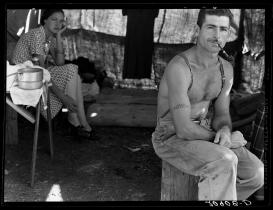How Our Days Became Numbered begins with the struggles that life insurers in the second half of the nineteenth century faced as they made Americans statistical. They came under fire for their racially discriminatory mortality forecasts after the Civil War; they struggled against insider critiques of the vast "observational communities" they built to write risks from Americans' bodies and pasts; they endured skeptical interrogations by New York state officials who saw corruption in actuaries' "smoothing" away of the chance inherent to capitalism.
The 1905 New York investigations proved a turning point for risk-making in America, the project argues. Disgraced corporate officers welcomed clever individuals preaching that risk-making practices and byproducts could do more than predict the future. The economist Irving Fisher propounded a "Modern Conception" of death and called on life insurers to help extend lives and not just price insurance. His pleas proved popular. The project uncovers subsequent practices for valuing lives (in dollars and risk ratings) intended to promote public health, personal savings, or slim figures (promulgated by a cast of figures including the composer Charles Ives, the biomathematician Alfred Lotka, and the statistician Louis Dublin), but also shows how the expansion of risk-making as a tool of health reform could still reinscribe old inequities, as it did for African Americans seeking life insurance. Finally, in looking at Social Security, the project explains how risk-making took root in the state where it could eventually make nearly every American into a risk, a statistical individual.

